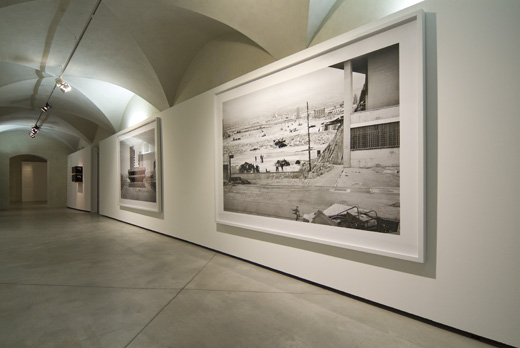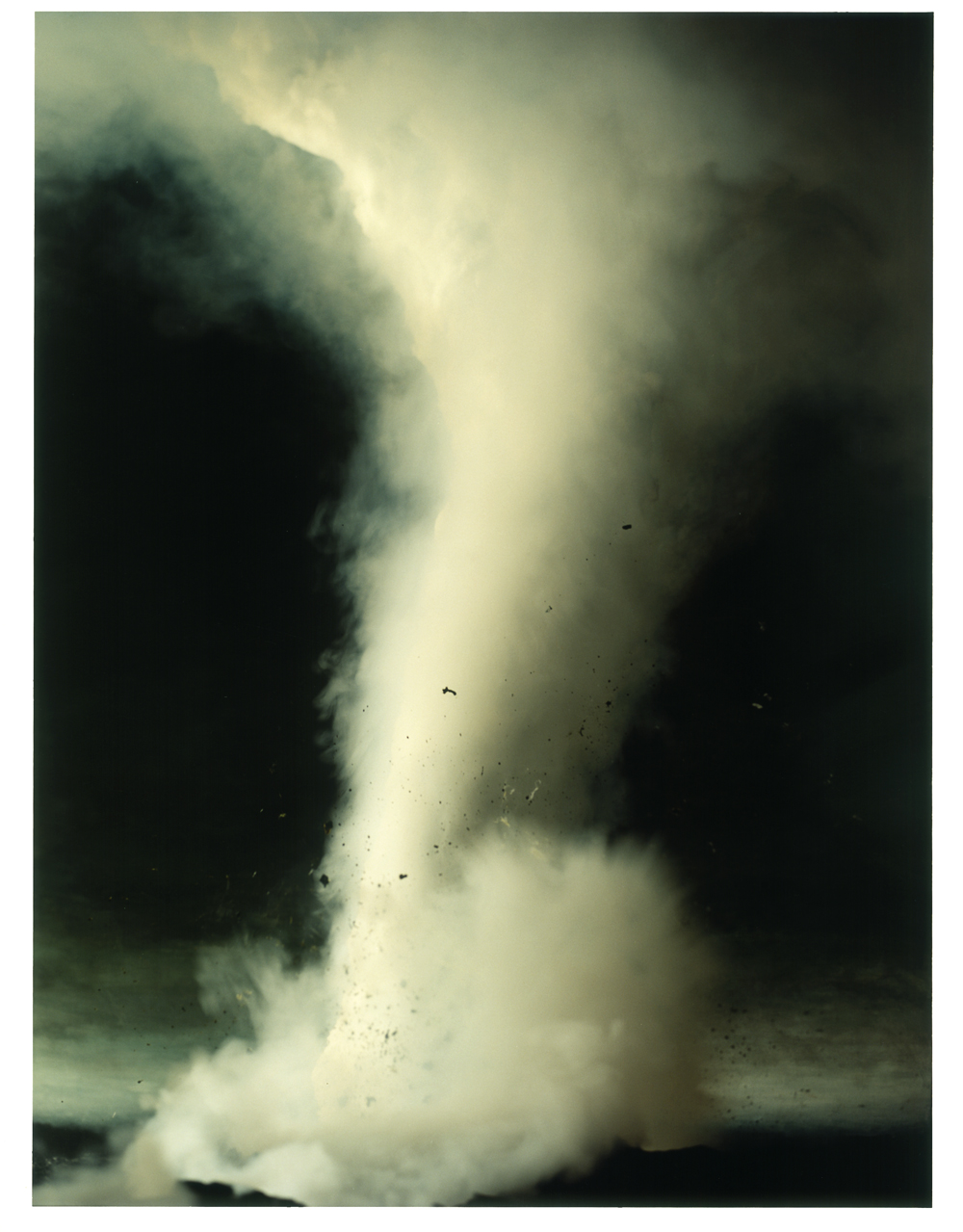Beate Gütschow (Germany, 1970)
Beate Gütschow’s S series (for Stadt, city) consists of black and white photographs of urban landscapes and buildings, places that sometimes show traces of destruction or appear partially unfinished. The alarming, absolute immobility of the scenes, in which no trace of life is visible, arouses a sense of foreboding in the viewer. It is a suspended, rarefied and almost apocalyptic atmosphere that reigns in these images, one that we know from photographs taken in war zones.
Beate Gütschow’s S series (for Stadt, city) consists of black and white photographs of urban landscapes and buildings, places that sometimes show traces of destruction or appear partially unfinished. The alarming, absolute immobility of the scenes, in which no trace of life is visible, arouses a sense of foreboding in the viewer. It is a suspended, rarefied and almost apocalyptic atmosphere that reigns in these images, one that we know from photographs taken in war zones.

